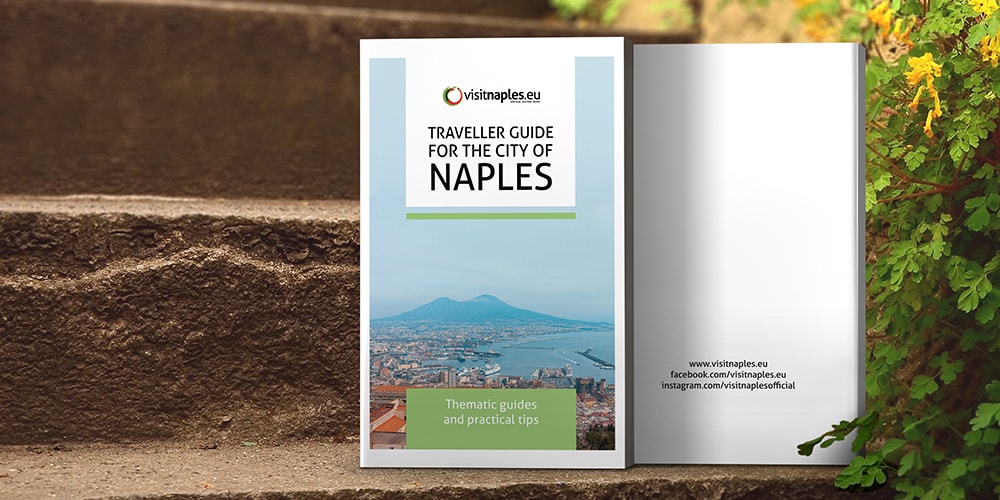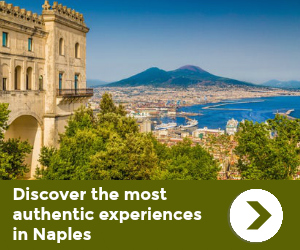A wine tour in Campania is the opportunity to come into contact with a winemaking tradition that has existed for twenty-seven centuries. If not even longer. Certainly the Greek colonists in the 8th century BC were already cultivating vines in this region and since then, thanks to fertile soil and a favorable climate, grapes have remained the protagonist among local crops just as wine is among the traditional excellences.
Wine tour in Campania, where to go

Where to go for a perfect wine tour in Campania? The answer is everywhere! It might seem like a joke but it's not because Campania is truly a region where the wine tradition is particularly rich. Basically every province has its own cellars, its own grapes and its own wines, to be accompanied from time to time by the different local specialties.
Wine Tour in Campania: the volcanic wines

Let's begin the wine tour in Campania a few kilometers from Naples, getting to know the volcanic wines of the region. These wines come from grapes grown on particularly fertile soils rich in minerals that give them unique characteristics. Italy, a land rich in volcanoes, has many of them, but those of Vesuvius, Pompeii and Campi Flegrei are very ancient wines, considered of great value even in the times of the ancient Romans.
More volcanic wines of Campania: wines of Ischia

Let's continue our wine tour in Campania by returning to Naples and embarking for the wonderful green island: Ischia. In about an hour by hydrofoil it's possible to reach what is one of the three gems of the Gulf of Naples together with Capri and Procida.
Sorrento Peninsula and Amalfi Coast, the vineyards on the sea

From the Gulf of Naples, let's move a little further south, towards the Gulf of Salerno. Here we find the Sorrento peninsula, which a few kilometers after Sorrento becomes the Amalfi Coast. The high and rocky coast, squeezed between the sea and the mountains, offers seascapes of exceptional beauty, trekking paths among the most beautiful in Italy and a highly respected food and wine tradition.
The Wine Tour in Campania stops in Cilento

Let's continue along the coast, still south. Our Wine Tour now takes us to Cilento, a land known for the beauty of its natural parks, for its enchanting seaside villages, for the charm of archaeological sites such as Paestum and Velia. The entire Cilento area is a UNESCO heritage site and the local wines definitely live up to expectations.
Irpinia and Avellino's wines

Let's leave the coast, now, to head towards the peaks of the inland Apennines, and precisely in Irpinia. We are on the border between Campania, Puglia and Basilicata, where the vine grows at higher altitudes, on high hills, and on volcanic and clayey soils.
Taburno's wines

We remain in the hinterland of Campania, north of Avellino to reach Taburno. We are now in the province of Benevento, an ancient and beautiful Lombard town to visit and to consider as a starting point to explore the area.
Wine Tour in Campania, last stop in Caserta

To end the Campania Wine Tour in style, let's head back to the coast, stopping in Caserta and its province, in particular in Aversa. Here in fertile the lands bordering the Campi Flegrei, a particular grape variety is grown, the Asprinio. The wines of this region are therefore only white, very popular in the sparkling version, a little less so in the still version.










Lascia un commento